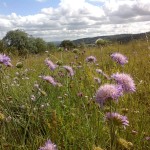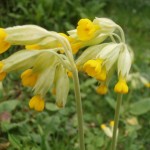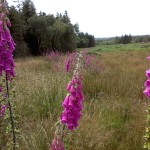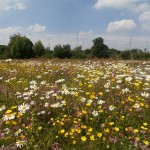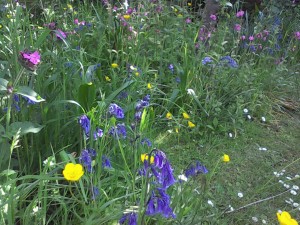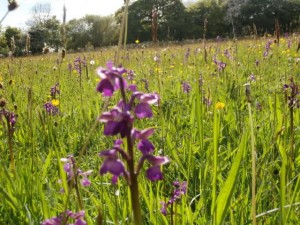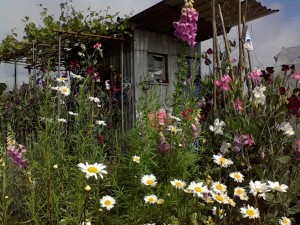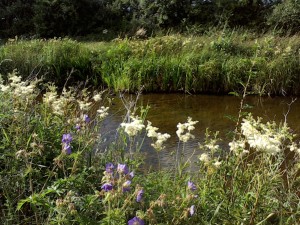
Common Agrimony –Agrimonia eupatoria– grows best in well-drained grassland on sites where there is plenty of sunlight. Plants are attractive to Bees and other insects.
Common Agrimony is a relatively late flowering species. In mid to late summer its attractive brightly yellow spiked flowers brighten up our hedgerows and meadows. Common Agrimony looks best growing with other plants that flower in mid-summer such as Oxeye daisies, Black Knapweed, Meadow Cranesbills and Field Scabrous. Alternative names for Common Agrimony include Aaron’s rod or Fairy’s wand.
How to grow Common Agrimony Seeds
Common Agrimony seeds should be sown in spring or autumn, either outside, where they are to flower, or in seed trays and covered lightly with compost. Seeds are usually easy to germinate and the seedlings, which are quick to develop, can be pricked out and grown on, for planting out later in the year.
RHS Perfect for Pollinators.
The RHS Perfect for Pollinators mark is only given to plants that support pollinating insects in gardens. Bees, butterflies, moths, hoverflies and many others visit flowers to feed on nectar and pollen; while doing so they transfer pollen and increase seed set and fruit development.
To buy Common Agrimony seeds
To purchase Common Agrimony seeds please click here.
To ensure the best chance of success, we sell all of our wildflower seeds by weight, which ensures each wildflower seed packet contains a good quantity of seeds. The recommended sowing rate is 1 gram per square metre, and the number of Common Agrimony seeds per gram is approx. 60. All of our Wildflower seed packets contain seeds of Native British provenance.
